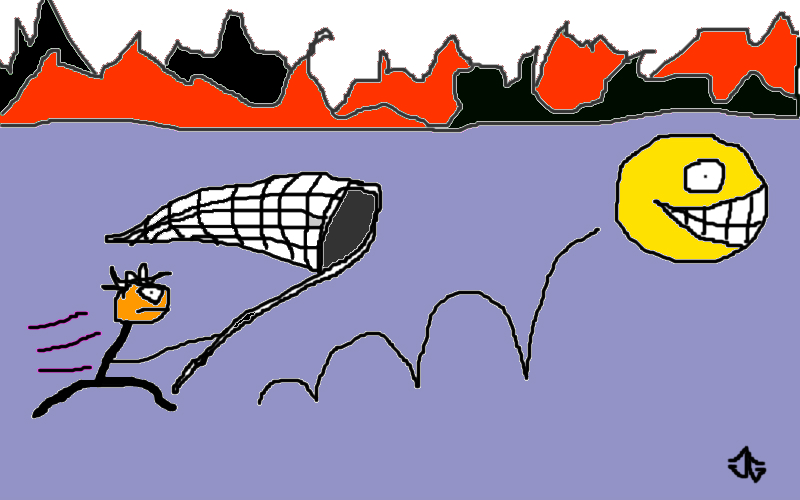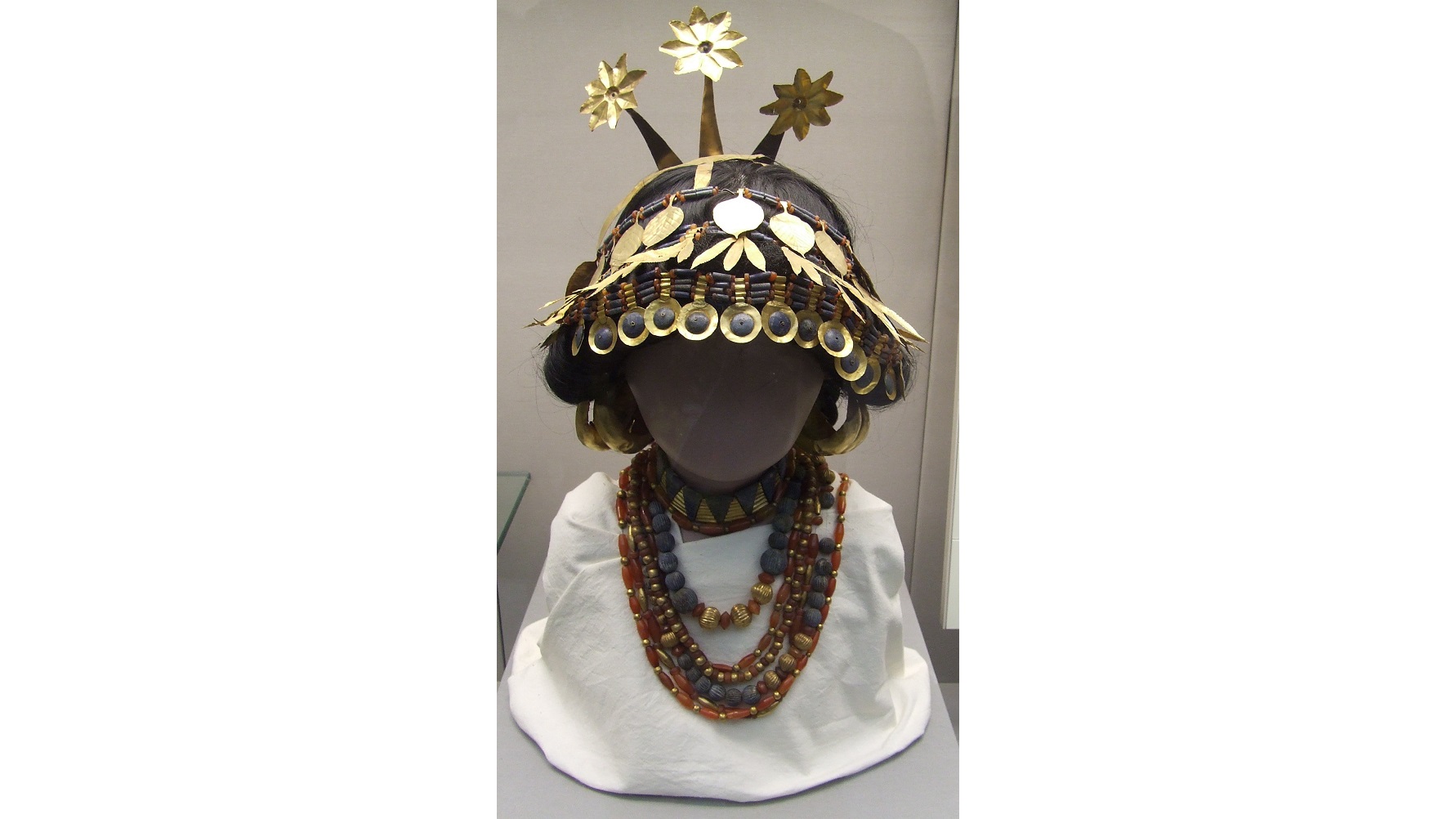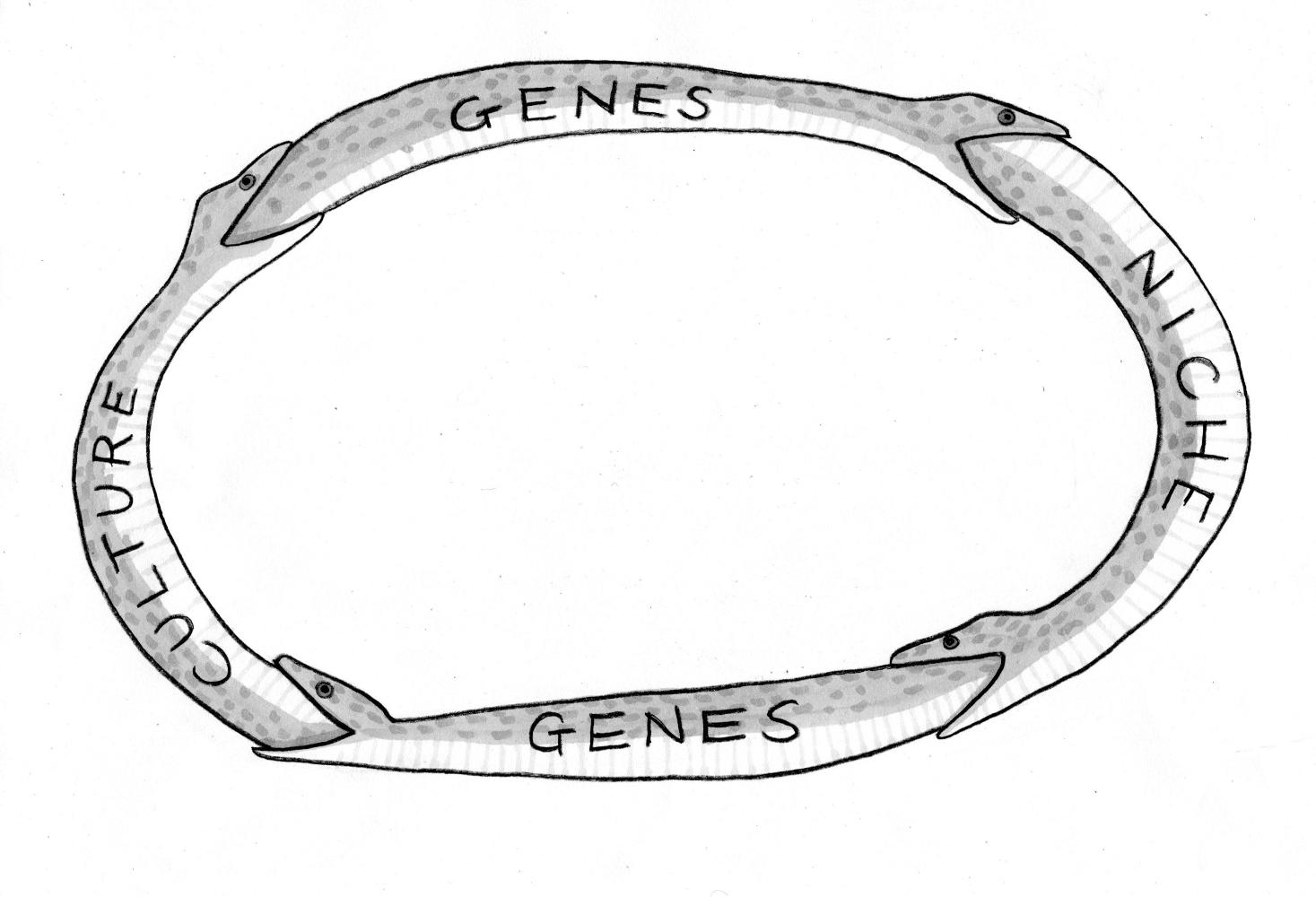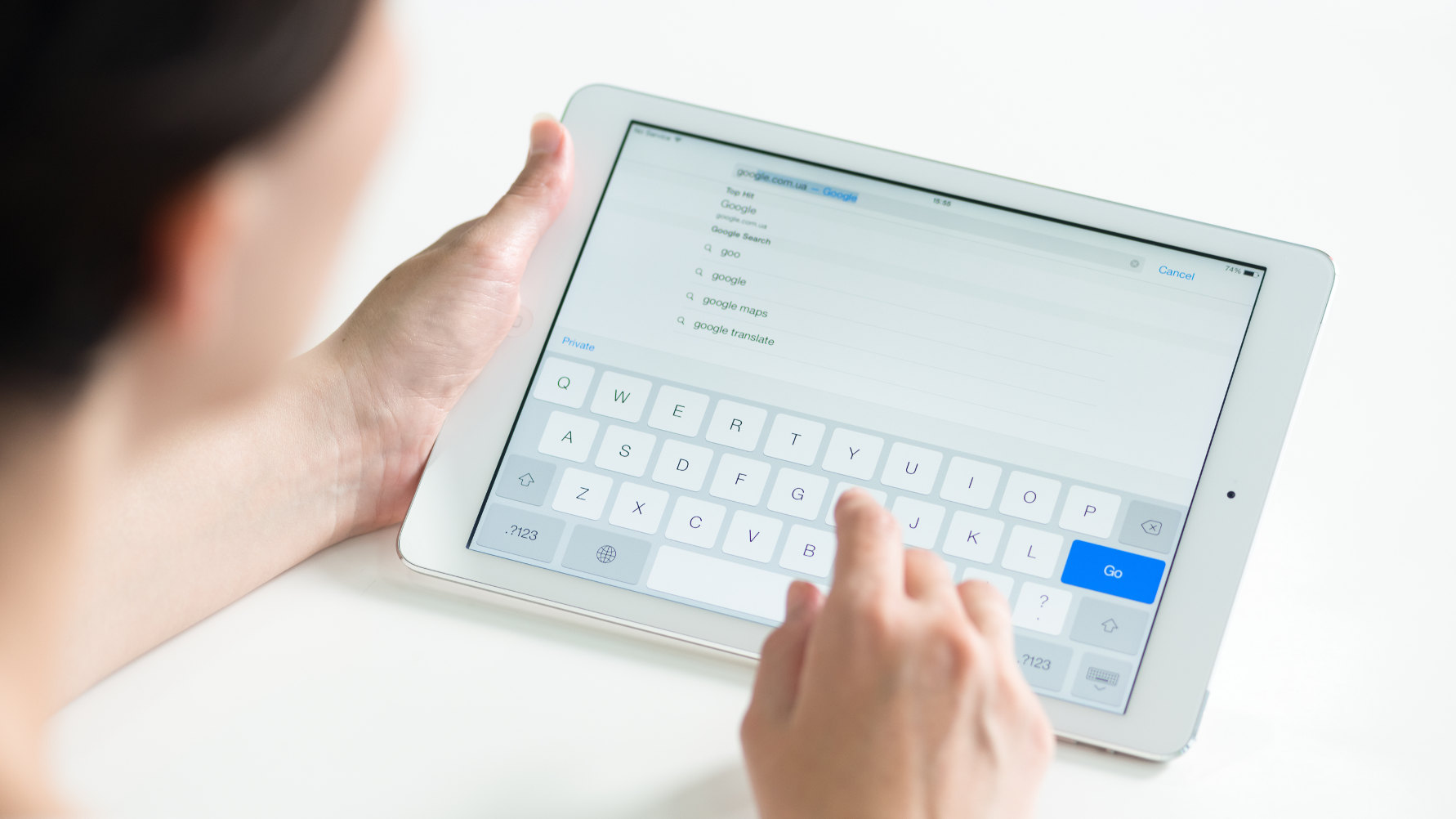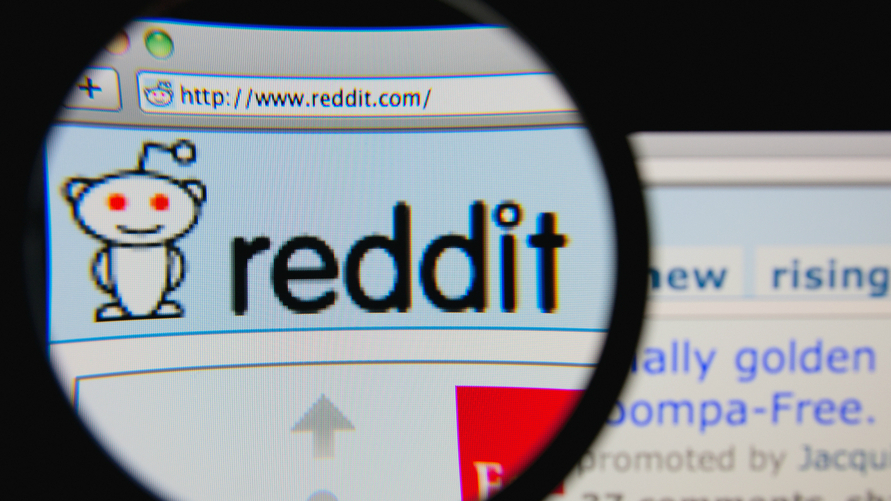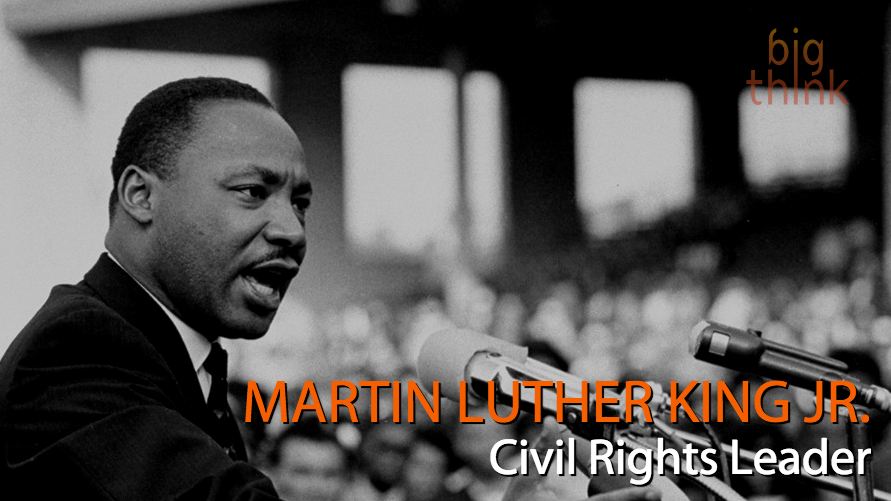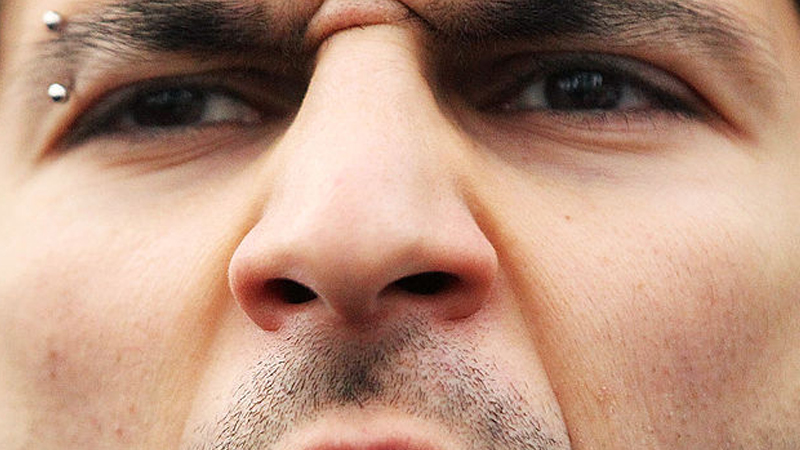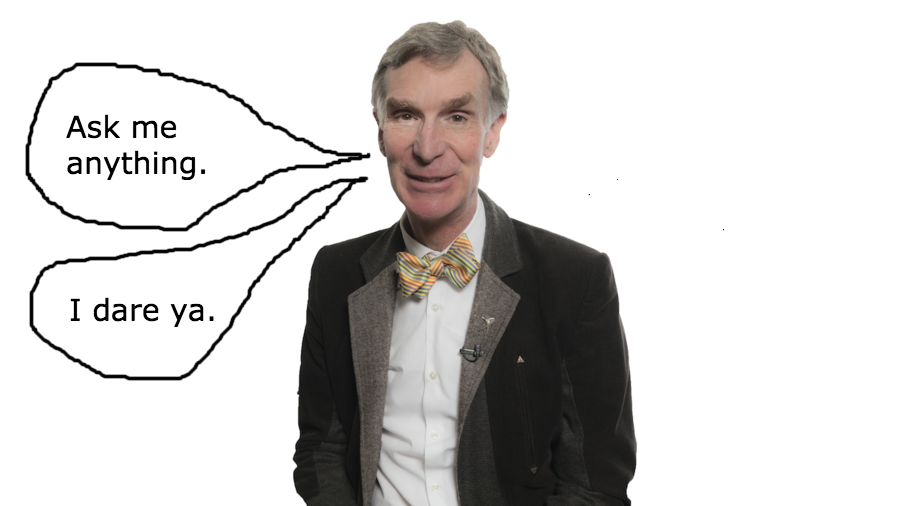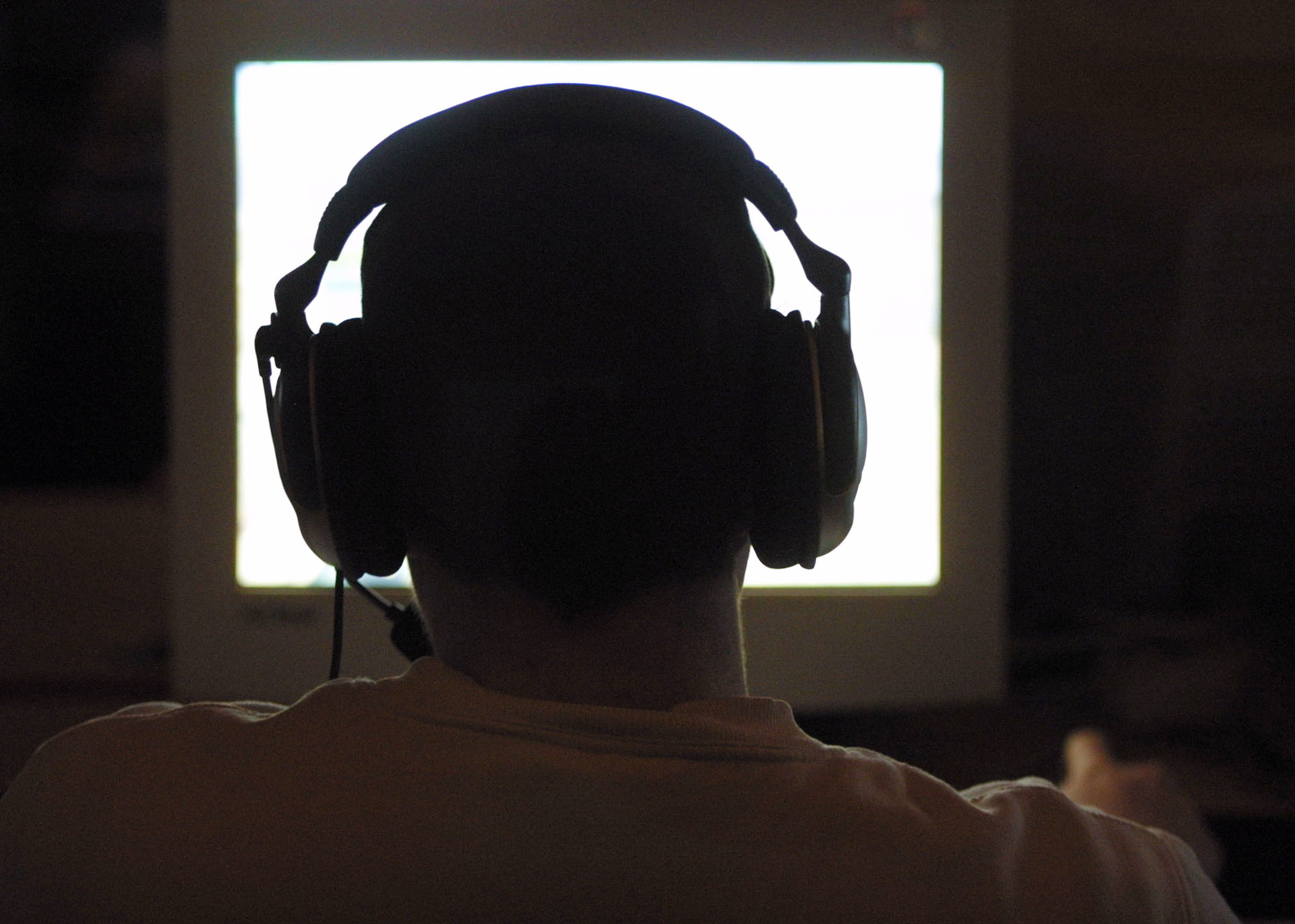When plentiful food is scarce, researchers suggest making a shopping list may help low-income families keep physically and financially healthy in areas that could be labeled as food deserts.
All Articles
The high-paid consultants who change companies over to “Holacracy” explain from the outset that it takes an average of five years to make the transition.
Be honest. Nobody’s listening. How happy are you?
New technology will surely improve the lives of older adults. However, there is a secondary effect of today’s technological innovation — it raises our expectations for life tomorrow. Technology is teaching baby boomers and every generation that follows to expect more and better in older age.
To have a Dad Bod, unless it’s truly born of heavy drinking and pizza slices, is to live a busy life in which preoccupation with one’s body image is low on the list of priorities.
An autonomous 18-wheeler has been given a license to drive the long stretches of open road that crisscross Nevada.
With three spatial dimensions, the possibilities are tremendous. But only one answer fits what we see. “Never erase your past. It shapes who you are today and will help you […]
The second most-watched TED Talk of all time has been debunked.
When British archaeologist Leonard Woolley discovered in December 1927 the tomb of Puabi, the queen/priestess of the Sumerian city of Ur during the First Dynasty of Ur more than 4,000 years ago, the story rivaled that of Howard Carter’s discovery of Tutankhamun’s tomb in Egypt just five years earlier. “Magnificent with jewels,” as Woolley described it, Puabi’s tomb contained the bodies of dozens of attendants killed to accompany her in the afterlife — the ideal material for a headline-grabbing PR campaign that momentarily shouldered Tut out of the spotlight. A new exhibit at New York’s The Institute for the Study of the Ancient World titled From Ancient to Modern: Archaeology and Aesthetics puts Puabi back in the spotlight to examine how archaeology and aesthetics intersected, transforming ancient art into modern and making modern art strive to be ancient.
It’s not just about the frequency of sex, according to researchers, but creating an environment where intimacy can organically grow.
School districts are learning that you can’t just throw technology into the classroom without a plan. It’s like throwing money at a problem instead of thinking up solutions.
If you wondered why Missy Elliot performed at this year’s Super Bowl halftime show, it may be because the NFL knew something about the musical tastes of its fan base, average age 44.
Despite popular views, evolution entails inheriting more than genes. And it isn’t all ruthless competition. Nor is it all random mutations. “Niche Construction” adds a third inheritance mechanism to the complicated mix.
Ideas about religion can be so powerful that people can’t endorse them without giving up a part of their identity. It’s the same thing with diets.
These cosmic monsters make the LHC look like child’s play, and yet even they have their limits. “Energy is liberated matter, matter is energy waiting to happen.” –Bill Bryson You […]
A new smartphone app gives a clever nod to Noam Chomsky while giving players just enough inspiration to create some pretty funny sentences.
Today is our National Day of Prayer, emphasis on “our” and “National,” meaning freedom is the prevailing principle through which to approach our discussions (and Internet comments).
Dr. Guido Zuccon knows we all Google our medical questions, but how accurate are these search engine diagnosis?
Some people get anxious when they’re without their smartphones, but others may become phobic. Researchers are working on a way to measure this new, modern malady.
Remember when you only went to Amazon to buy books? Or when Netflix only let you watch other companies’ shows? Or when Reddit was just a place to see what was trending online? The sky’s the limit now for these and other brands evolving into media companies.
“Whenever racial discrimination exists it is a tragic expression of man’s spiritual degeneracy and moral bankruptcy. Therefore, it must be removed not merely because it is diplomatically expedient, but because it is morally compelling.”
Meanness is not exactly ebola, but it chips away at our quality of life. When we’re the recipients, there are comeback options to halt its spread.
Chris Cuomo, a CNN anchor and the brother of New York’s governor, Andrew Cuomo, performed a valuable public service on Wednesday when he sent what I would hope is the […]
What if Bill Nye were your warm, rational uncle? What if you could informally ask his opinion on anything from black holes to the zombie apocalypse? Well now you can.
A recent study finds that real-world stereotypes continue to exist in virtual worlds.
Can the world’s most fantastic and speculative “theory of everything” candidate shed light on the Universe’s most invisible objects? “I just think too many nice things have happened in string […]
Don’t shave your beards just yet; the panic over feces in beards may have been exaggerated — there’s fecal matter everywhere.
Writing is a recent innovation in the history of human evolution. So, how then is it that our brains organize this skill?
Harsh criticism of Chipotle’s marketing ploy to eliminate some genetically modified ingredients is part of a growing movement to stand up to advocates on many issues who promote fear that flies in the face of the evidence.
The most powerful telescope in history will never see the farthest galaxy. “No distance of place or lapse of time can lessen the friendship of those who are thoroughly persuaded […]


